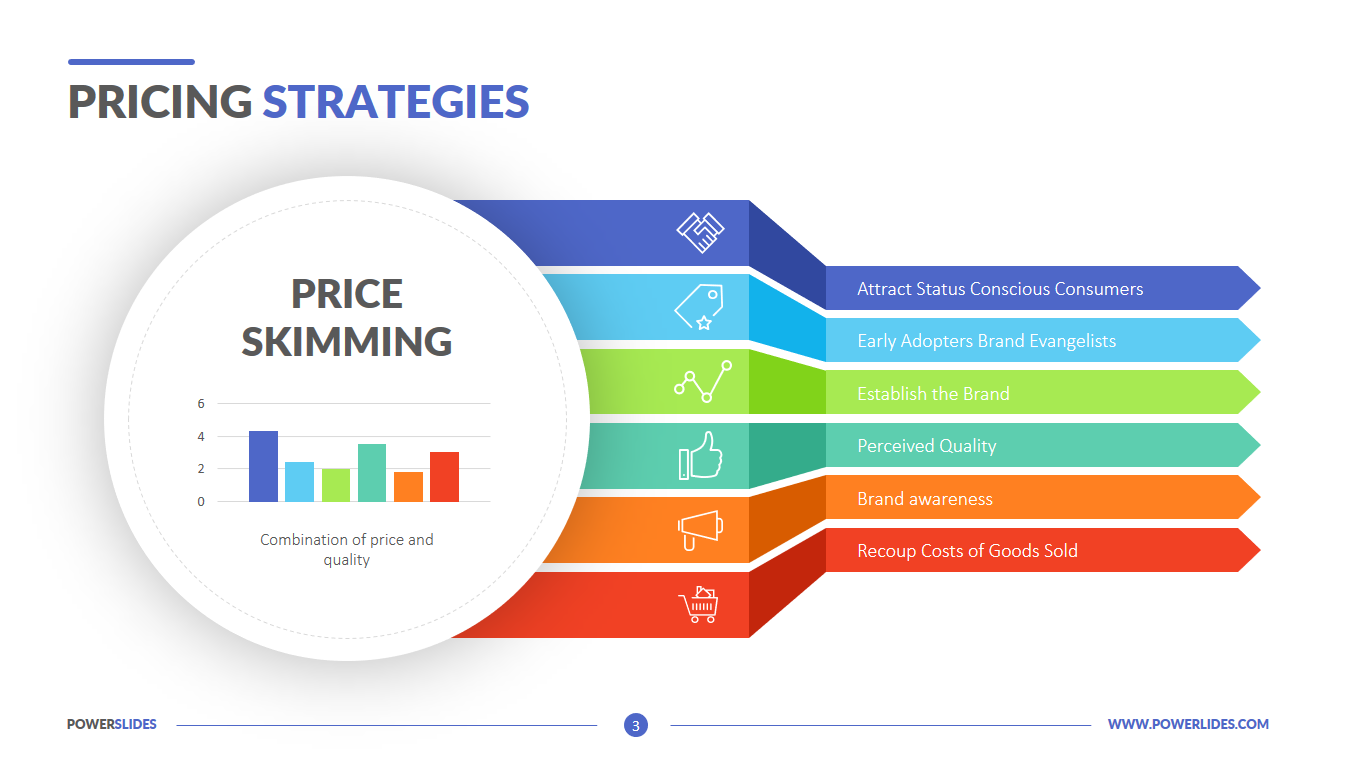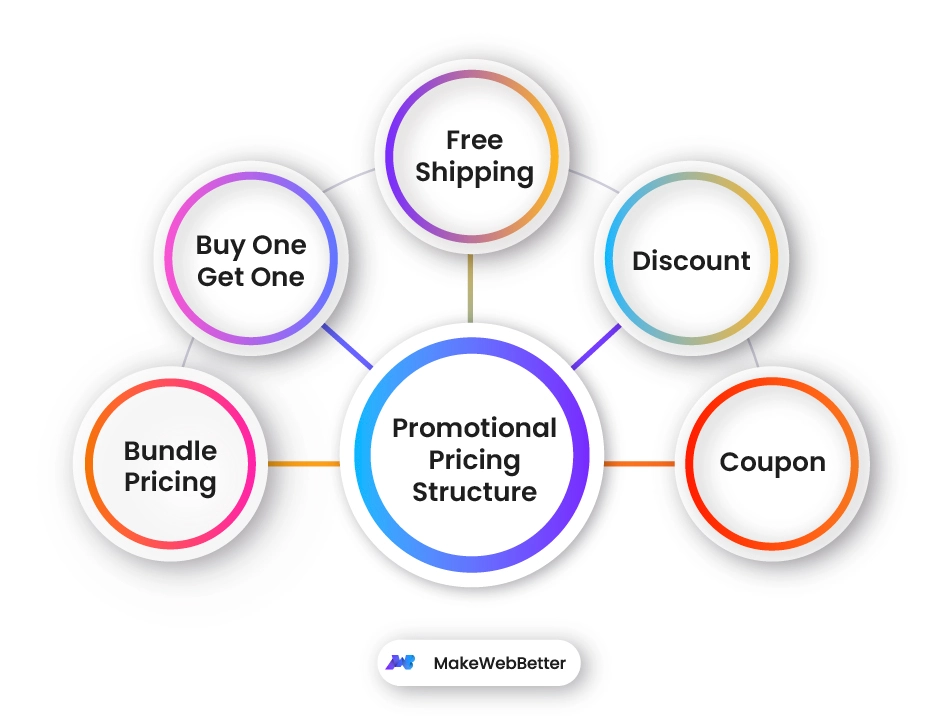Maximizing Revenues with a Data-Driven Pricing Strategy Strategy
Maximizing Revenues with a Data-Driven Pricing Strategy Strategy
Blog Article
How to Establish a Winning Pricing Technique for Your Organization
An extensive understanding of market dynamics, client actions, and price structures lays the structure for informed prices choices. Furthermore, assessing competitor prices and constantly adjusting your approach can enhance your market placement.
Understand Your Market
Comprehending your market is essential for developing an efficient pricing technique. A comprehensive market evaluation permits businesses to determine consumer habits, preferences, and regarded value of services or products. This understanding aids to develop affordable pricing that lines up with what customers want to pay while making best use of profitability.
To successfully gauge your market, begin by researching your target market. Segment them based upon demographics, acquiring routines, and preferences to tailor your offerings. Furthermore, examine your competitors by analyzing their pricing structures, advertising techniques, and market positioning. This competitive understanding exposes spaces or chances that can be leveraged to differentiate your items.

Ultimately, a complete understanding of your market lays the foundation for a rates technique that not just brings in customers but additionally sustains your business in a competitive landscape. By aligning your rates with market characteristics, you can enhance consumer loyalty and drive long-term growth.
Analyze Your Prices

To efficiently analyze your prices, start by developing a breakdown of all expenses connected with your item or service. This incorporates direct costs, such as manufacturing and shipping, as well as indirect prices, like advertising and marketing and management costs. As soon as you have a detailed introduction, determine your complete expense per system, which will certainly act as a baseline for your pricing choices.
Furthermore, take into consideration the effect of economic situations of range; as manufacturing increases, the per-unit price may reduce. This insight can assist you identify potential pricing approaches that enable for competitive benefits. By completely analyzing your expenses, you encourage your organization to establish prices that not just cover expenses yet likewise align with your overall economic goals, ultimately contributing to lasting growth and success.
Assess Client Worth
Client value is a vital element fit your pricing technique, as it reflects the regarded benefits that your product or solution provides to consumers. Recognizing consumer value needs a detailed analysis of what your target market takes into consideration important. This may include high quality, ease, brand track record, or special attributes that differentiate your offering from others out there.
To analyze client value properly, involve with your customers via surveys, interviews, and feedback kinds. These direct insights can assist identify what elements of your item resonate most with consumers and affect their investing in decisions. Additionally, take into consideration segmenting your client base to customize worth assessments for different demographics or actions patterns.
Ultimately, a deep understanding of consumer worth enables organizations to align their rates technique with what customers are eager to pay, promoting loyalty and improving total market competitiveness. This foundational understanding will offer as a critical reference point in developing an efficient rates approach tailored to your distinct company context.
Evaluate Competitor Prices
When creating a rates technique, evaluating rival prices is necessary to ensure your company continues to be affordable on the market. Understanding exactly how your rivals price their product and services supplies valuable insights that can educate your own pricing decisions. Start by recognizing principals in your market and examining their prices models, including price cuts, bundling, and any kind of marketing methods they utilize.
Following, contrast the features and benefits of your offerings against those of your competitors. This analysis will aid you figure out whether you can validate a costs price or if a much more competitive method is needed. Pay interest to consumer feedback and market trends that may influence rates characteristics, as these variables can shift the competitive landscape.
Competitors may have varying pricing techniques based on area or demographics, requiring a customized approach for your company. By continuously monitoring and assessing rival rates, you published here can make informed choices that enhance your prices technique and total market competitiveness.
Test and Readjust Method
Testing and adjusting your rates strategy is important for preserving competitiveness and taking full advantage of success. As market dynamics advance, customer preferences change, and new competitors emerge, your prices has to continue to be effective and relevant.
To begin, execute A/B testing by using different prices to diverse client segments or via distinct sales channels. Assess the resulting sales efficiency and consumer comments to identify ideal rates points. Make use of logical tools to track crucial metrics such as conversion rates, ordinary purchase values, and customer procurement prices.

Routinely obtain comments from your consumer base relating to viewed value and prices (Pricing Strategy). This input can give useful understandings that direct adjustments
Finally, maintain an adaptable state of mind; be prepared to pivot your method in response to the data you accumulate. By constantly checking and refining your pricing approach, you will not just boost your one-upmanship but likewise foster lasting client loyalty and success.
Final Thought
To conclude, establishing a winning pricing strategy demands a thorough understanding of the marketplace, a Homepage thorough analysis of expenses, and an evaluation of customer worth. Assessing competitor rates enhances strategic positioning, while continuous testing and adjustments make certain responsiveness to market dynamics. By incorporating these aspects, organizations can develop a rates framework that optimizes earnings and lines up with consumer assumptions, ultimately adding to continual affordable advantage and lasting success in the marketplace.
Client worth is an essential component in forming your rates strategy, as it mirrors the regarded advantages that your product or solution supplies to her explanation consumers. Inevitably, a deep understanding of customer value allows services to align their prices approach with what customers are ready to pay, cultivating commitment and boosting general market competitiveness.When establishing a pricing method, examining competitor prices is essential to guarantee your business stays affordable in the market. By continually monitoring and examining rival pricing, you can make enlightened choices that improve your prices approach and overall market competitiveness.
In verdict, creating a winning prices strategy requires a detailed understanding of the market, an in-depth evaluation of costs, and an analysis of client value.
Report this page